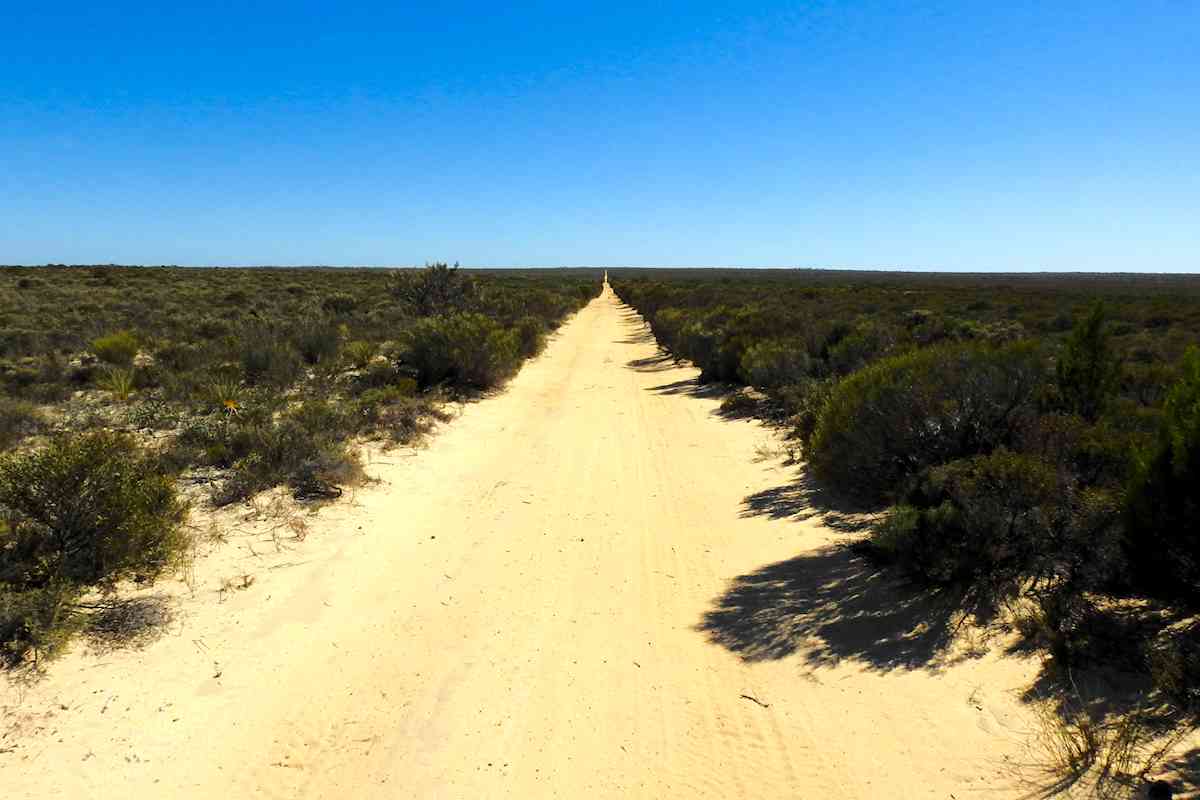In September 1892, gold was discovered near to where Coolgardie now sits.
Suddenly there were shiploads of prospectors determined to get to the new goldfields. Of course, it was extremely remote, making it difficult to get to, so it was proposed to cut a track from the port of Albany directly through to the goldfields, some 540km away.
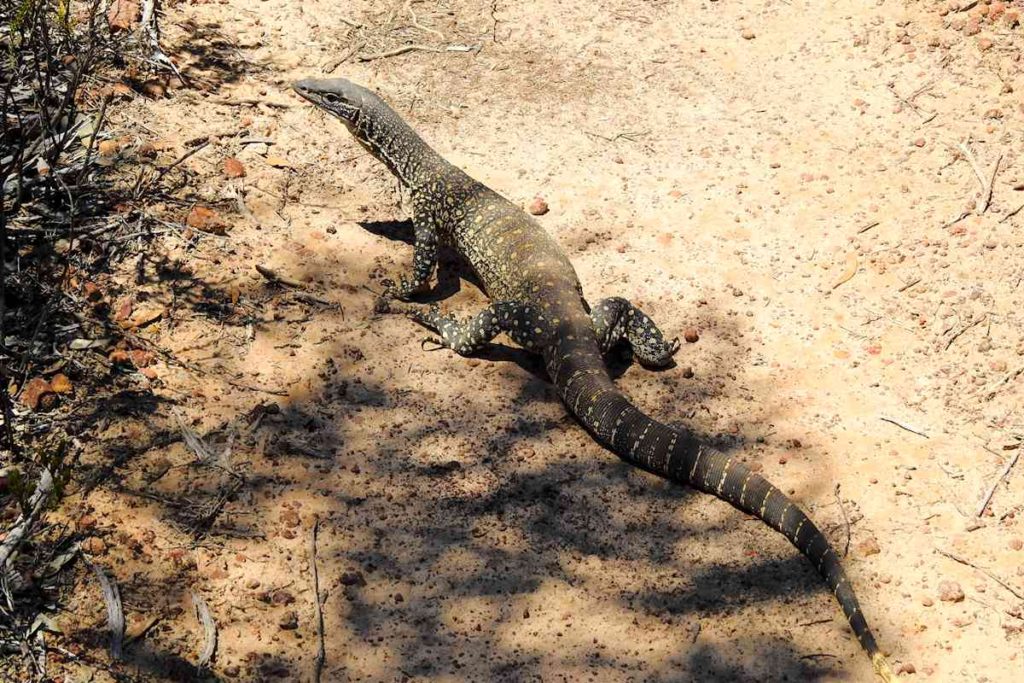
In April 1893, John Holland and three other men set off from Albany. They had one small compass to guide them and they relied on water collected from ‘gnammas’.
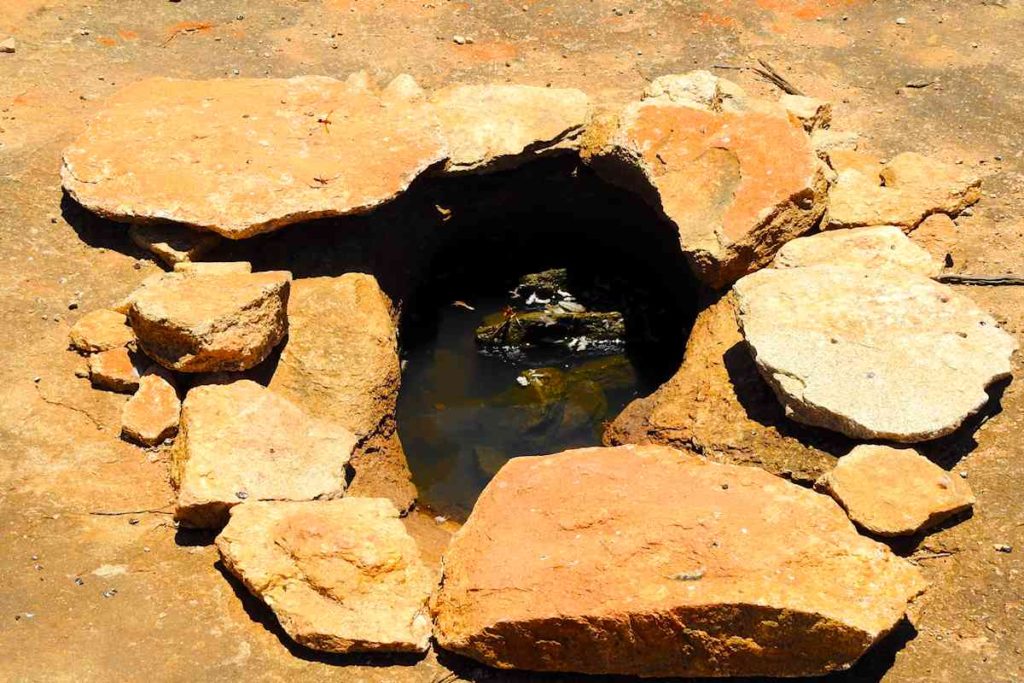
Agnes Gnamma Hole is named for Holland’s wife Agnes, who died of typhoid at age 20. Looking at this water, you would need to be really desperate to partake!
This Aboriginal word describes rock holes atop the many granite outcrops that fill and hold water after rain.
Two months later they arrived at the goldfields.
Along the way they named many landmarks used for navigation, such as Mount Holland, Thursday Rock (amazingly enough, they reached here on a Thursday) and Victoria Rock (named after that queen, of course).
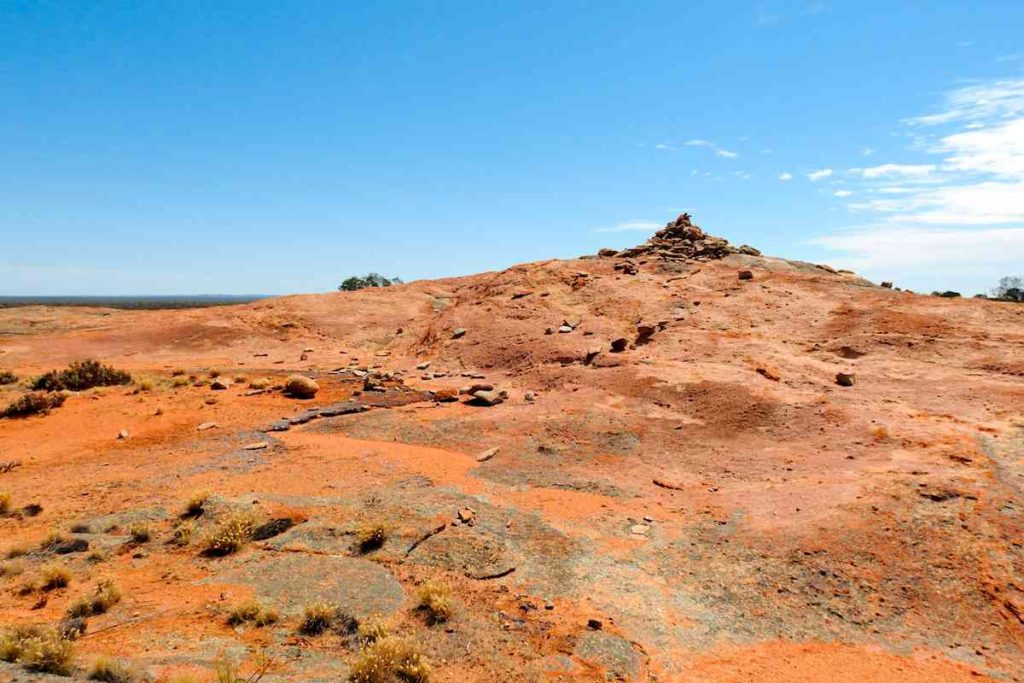
Most of the prospectors were poor people hoping to make their fortune, so they walked and pushed all their belongings before them in homemade wheelbarrows.
It was estimated that the new track shortened the journey to the goldfields by two weeks, which is pretty significant if you are walking! Over the next three years they reckon around 18,000 people used the track.
Then the rail was put through from Perth and the track fell into disrepair and virtually disappeared.
In 1993, to celebrate the 100th anniversary, the track was recut and it is now possible to follow the Hyden to Coolgardie part of the track.
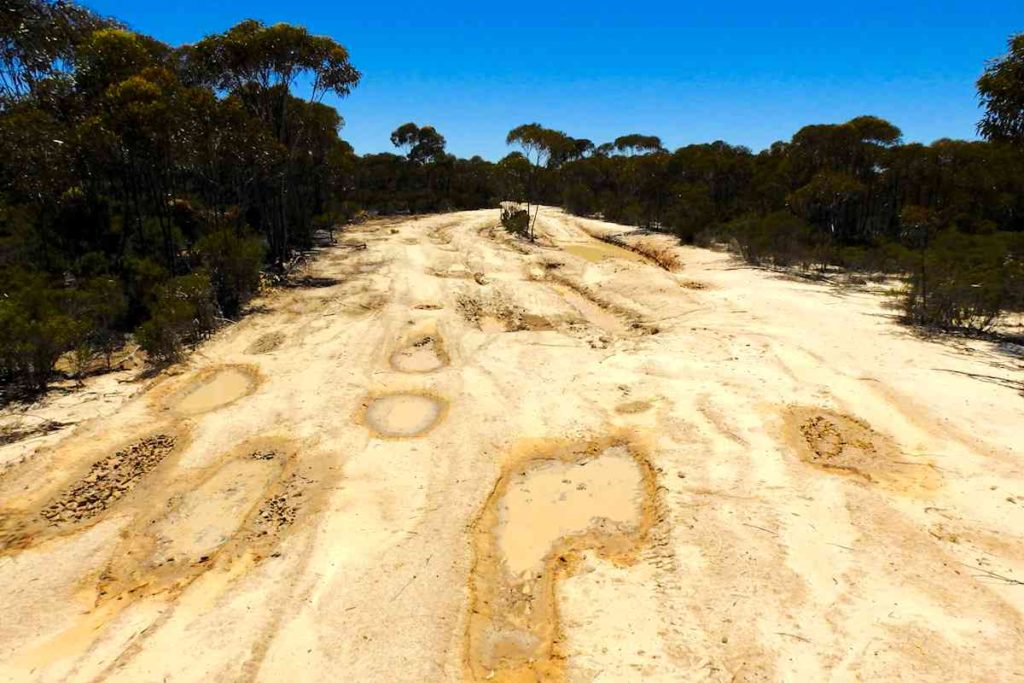
This is a very rough and narrow 320km, with many badly damaged sections, making it a pretty hard drive.
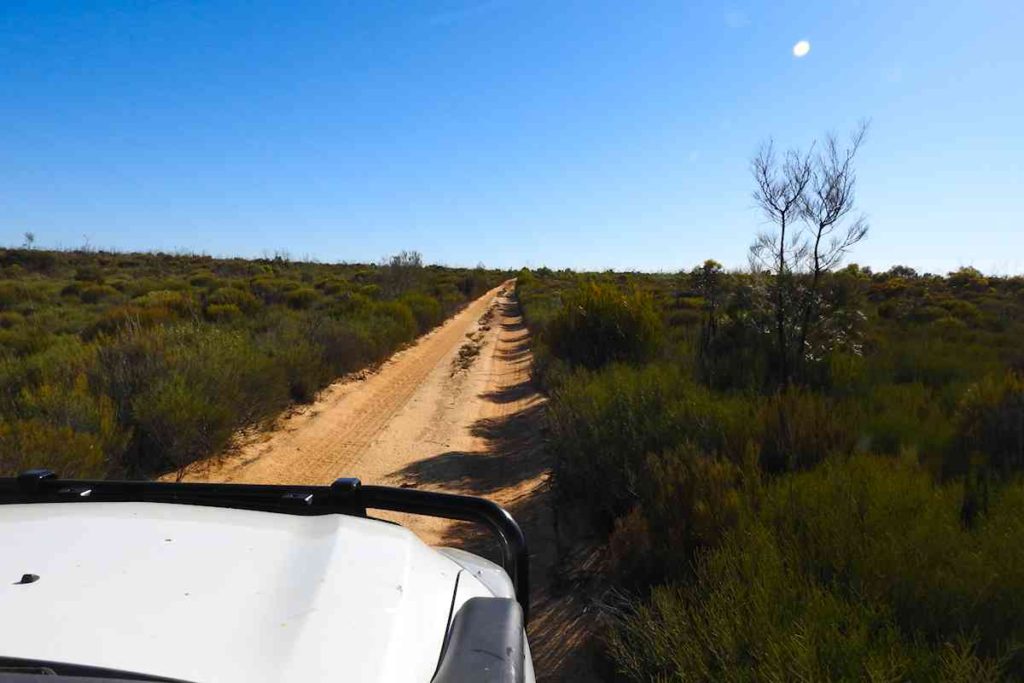
The track is almost entirely single lane. Whilst I did not encounter any others on my way through, it would be virtually impossible to pass another vehicle in many places along the track.
Sadly, overgrown parts of the track also ensured plenty of scratches to vehicle paintwork along the way.

The country was dry, fortunately, as the track is totally impassable after rain. I did not actually think it was particularly attractive country, being very flat and sandy and covered with stunted, scrubby and scratchy mulga.
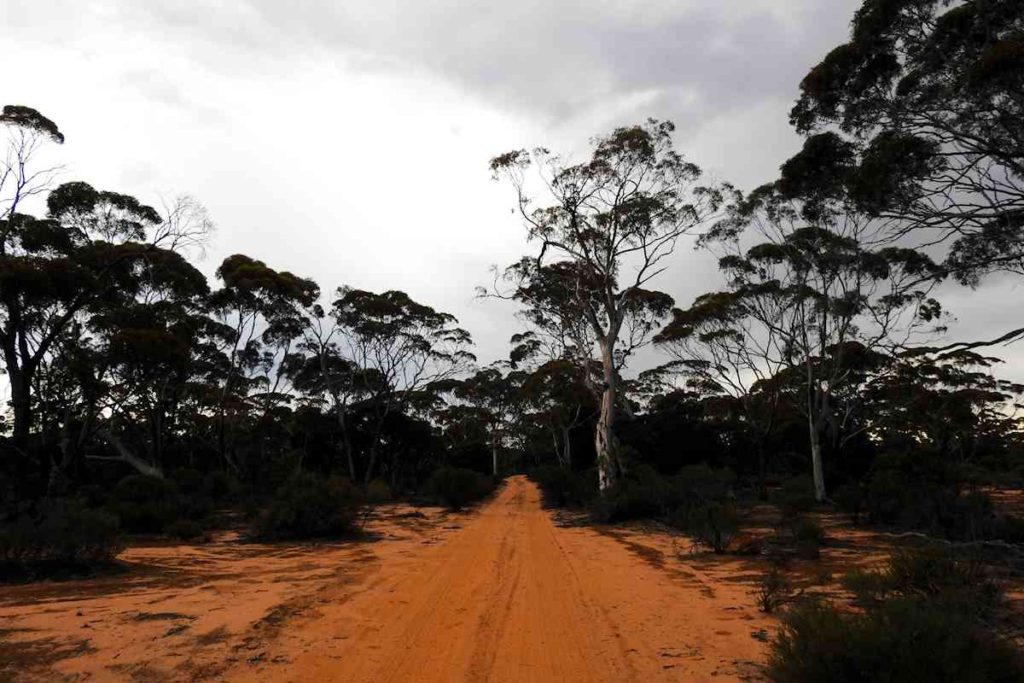
Closer to the northern end however, you encounter some very beautiful salmon gum forests, making the last part of the track much more interesting to travel through.
Everywhere you stop there are feral bees. The bees are often joined by very large orange and black wasps, which seem to be fascinated by the camper and spend much time investigating it.
Evening drinks are best consumed some distance from the camper, leaving the constantly buzzing creatures to their intense inspection. It does pay to keep an eye on your drink, otherwise the wasps and bees will happily take a swim in your beer!
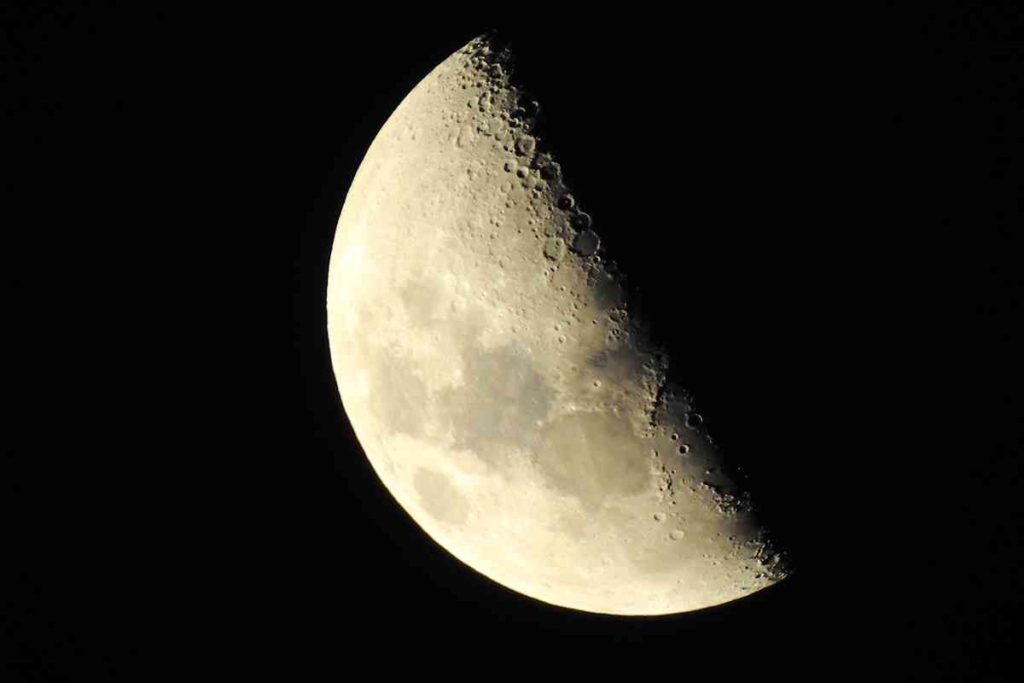
I spent four days slowly travelling the track. My average speed was around 15 km/h and I was often down to much slower for the rougher sections.
There are not many open areas along the track and there are a few spaces suitable for camping.
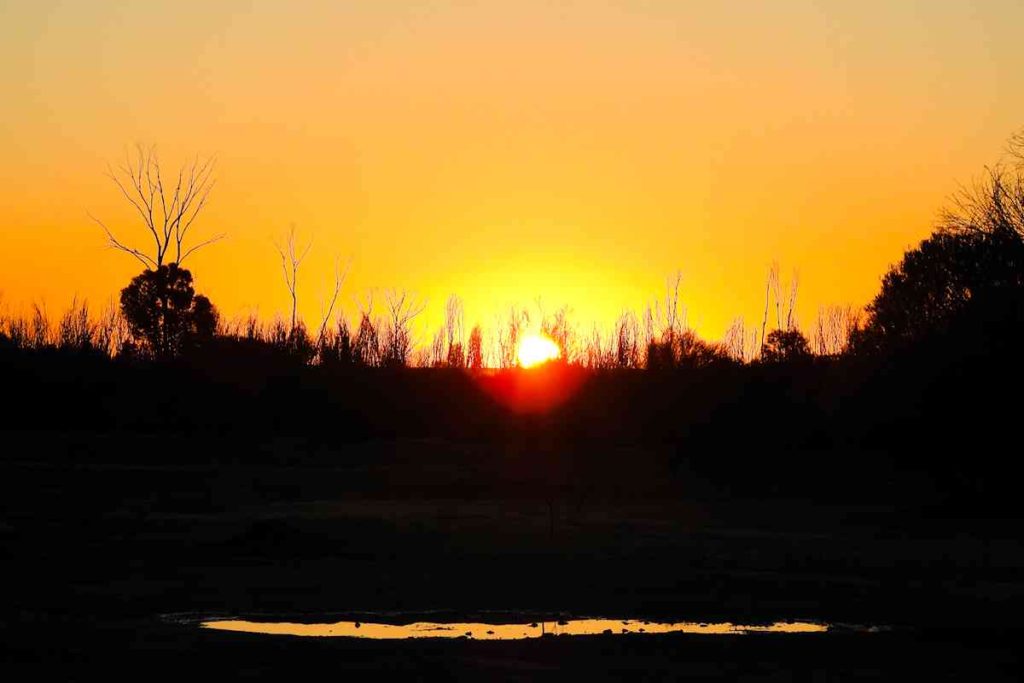
I overnighted at Sandalwood Rock (so called as the rocks are surrounded by sandalwood trees) and the aforementioned Thursday Rock. Both spots were very peaceful and quiet.
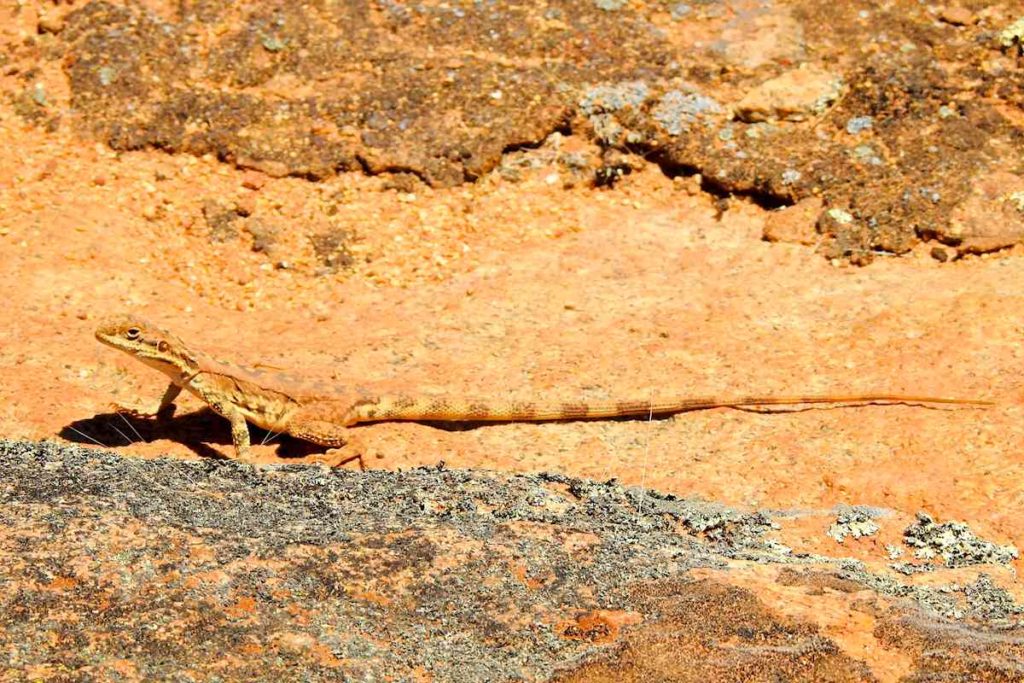
While I was on the track, it seemed I was the only one left in the world. It was a bit of a shock to arrive at Kalgoorlie, which is a pretty busy town.

